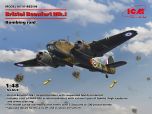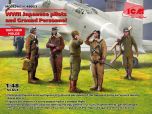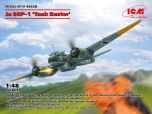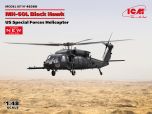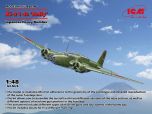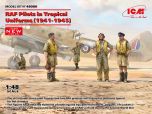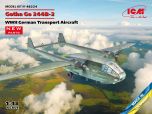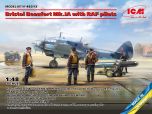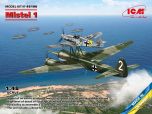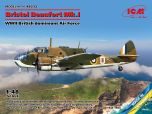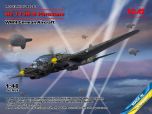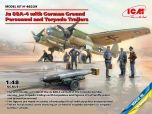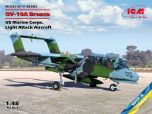ICM 1/48 Mitsubishi Ki-21-Ib 'Sally' with Japanese Pilots and Ground Personnel # 48197
The Mitsubishi Ki-21-Ib, commonly known by its Allied reporting name "Sally," is a Japanese twin-engine medium bomber used extensively by the Imperial Japanese Army Air Service (IJAAS) during the early stages of World War II.
Introduced in the late 1930s, the Ki-21 played a significant role in Japan's aerial campaigns, particularly in China and Southeast Asia.
The Ki-21-Ib variant is an improved version of the original Ki-21 model, featuring several enhancements to increase its combat effectiveness.
The aircraft is powered by two Mitsubishi Ha-5 KAI radial engines, each delivering around 950 horsepower, allowing it to reach a top speed of approximately 300 mph (480 km/h).
The bomber has a range of about 1,250 miles (2,010 km) and can carry a bomb load of up to 1,100 pounds (500 kg), making it a formidable asset for strategic bombing missions.
One of the most noticeable changes in the Ki-21-Ib is the strengthened defensive armament.
The aircraft is equipped with five 7.7 mm Type 89 machine guns, strategically placed in the nose, dorsal, waist, and tail positions to provide comprehensive coverage against enemy fighters.
Additionally, the Ki-21-Ib was fitted with improved armor protection for the crew and fuel tanks, addressing some of the vulnerabilities observed in earlier models.
The design of the Ki-21-Ib is characterized by its sleek, streamlined fuselage and low-mounted wings, which contribute to its relatively high speed and agility for a bomber of its class.
The aircraft features a glazed nose section, providing the bombardier with an excellent forward view, which was crucial for accurate bombing runs.
In combat, the Ki-21-Ib was utilized in various roles, including strategic bombing, ground support, and reconnaissance missions.
It saw extensive action during the Second Sino-Japanese War and the early years of the Pacific War.
However, as the war progressed, the Ki-21-Ib became increasingly vulnerable to faster and more heavily armed Allied fighters, leading to its gradual replacement by more advanced bombers like the Mitsubishi Ki-67 "Peggy."
Despite its limitations, the Mitsubishi Ki-21-Ib "Sally" remains an iconic aircraft of the Japanese military aviation history, remembered for its significant contributions during the early stages of World War II.
Its blend of speed, range, and bombing capability made it a key component of Japan's early war strategy.







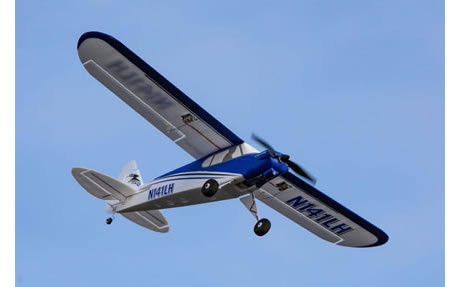
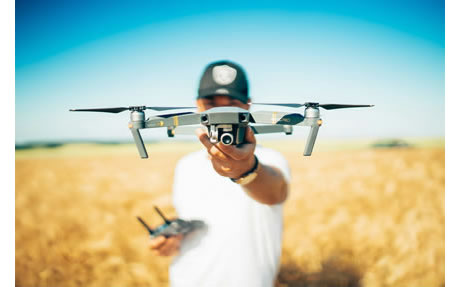










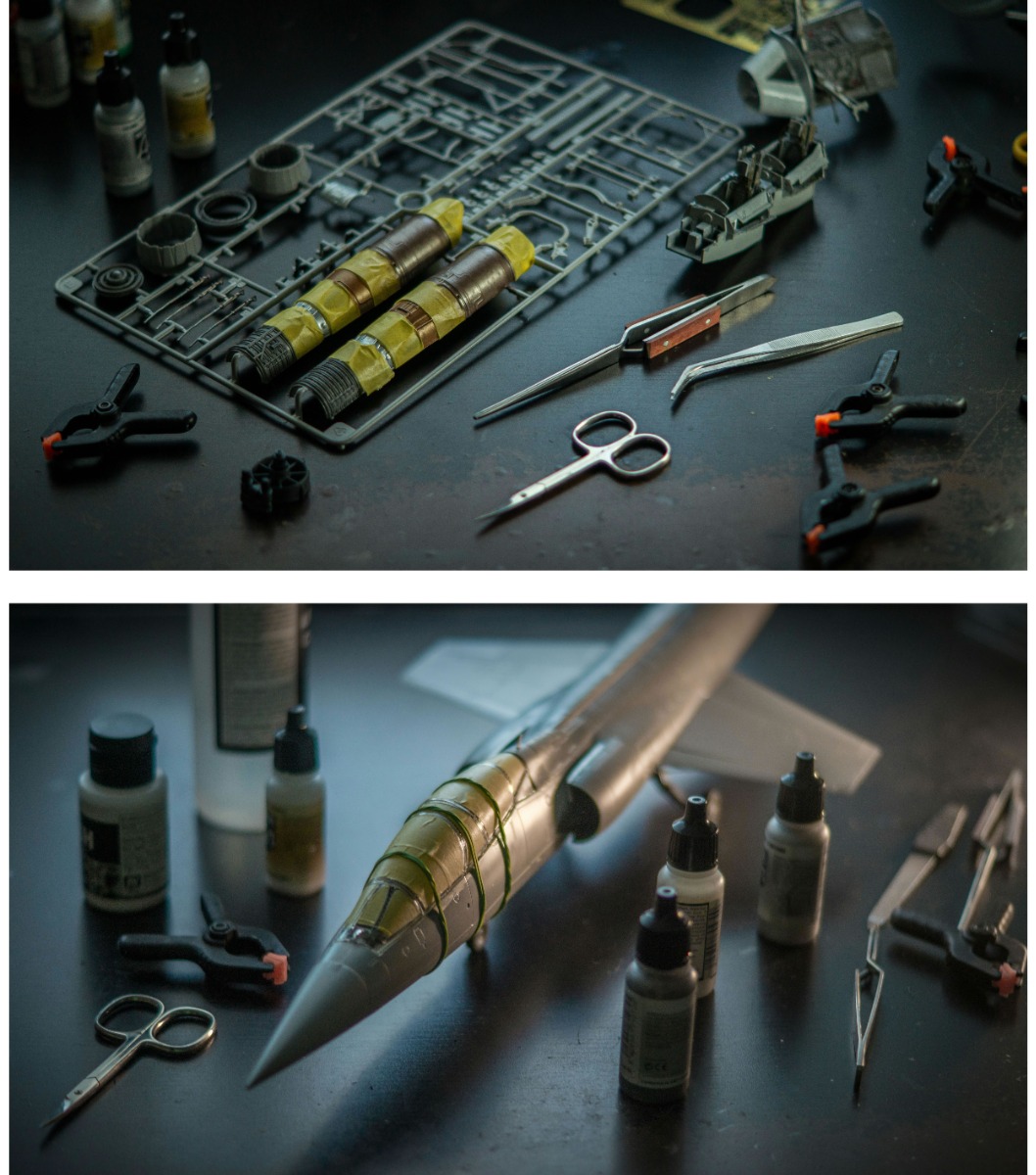
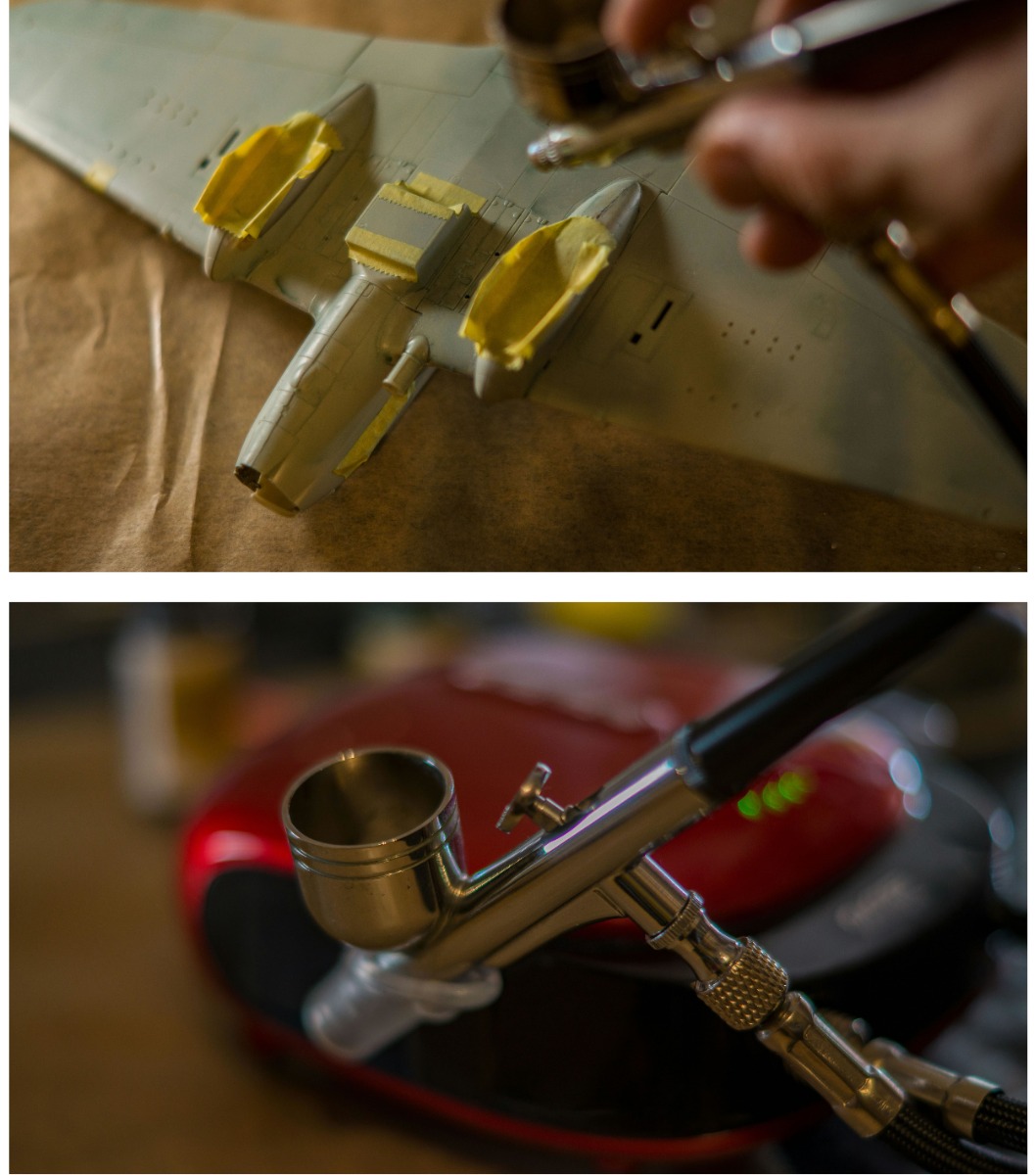
 Spread the cost with Paypal Credit
Spread the cost with Paypal Credit
 Spread the cost with Klarna
Spread the cost with Klarna





